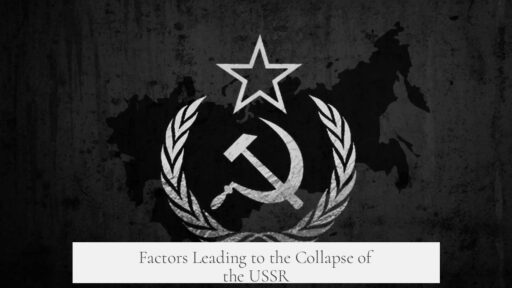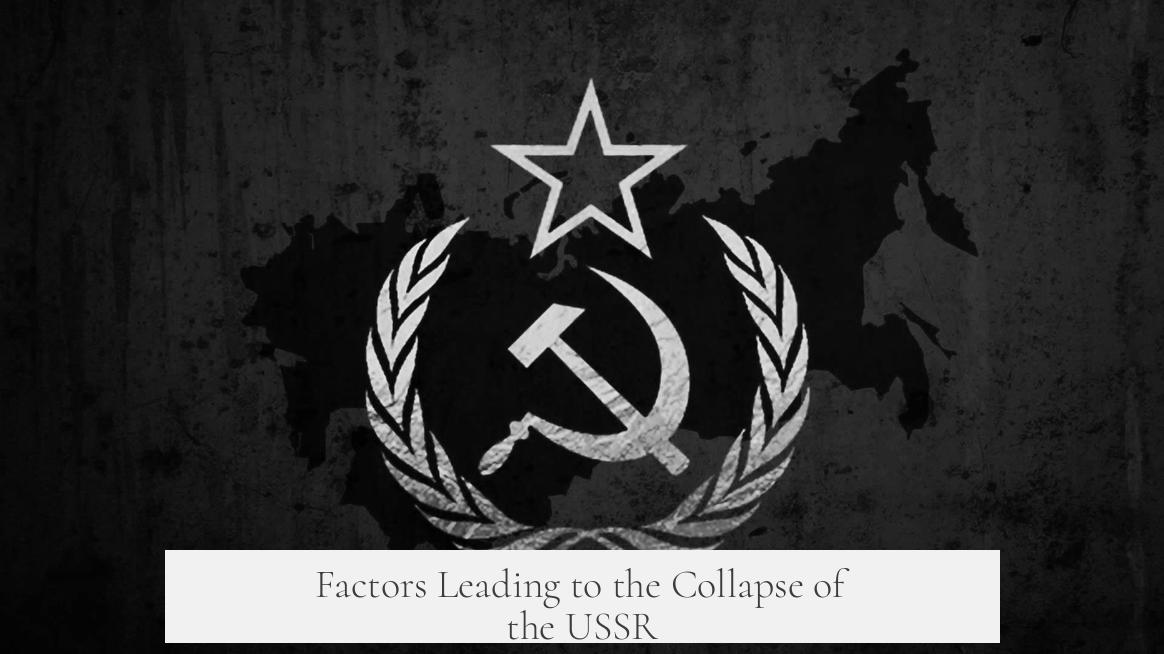The collapse of the USSR occurred due to a complex interplay of political reforms, economic failures, social discontent, military burdens, and geopolitical pressures. Central to these dynamics were Mikhail Gorbachev’s policies of glasnost and perestroika, systemic economic stagnation, fracturing political control, nationalistic resurgence, heavy military expenditures, and key crises such as Chernobyl and the Afghanistan war.
Politically, Gorbachev’s leadership from 1985 introduced reforms aimed at saving the Soviet system but eventually accelerated its breakup. His policy of glasnost (“openness”) loosened censorship and allowed public criticism of the government. This transparency revealed widespread corruption, economic failures, and historical injustices that had long been hidden. It weakened the Communist Party’s control over people’s beliefs and spurred demands for political pluralism.
His other major reform, perestroika (“restructuring”), attempted to introduce limited market mechanisms into the socialist economy. However, this hybrid approach failed: price controls were partially lifted, but centralized bureaucracies remained intact. Party officials resisted reforms that threatened their power, leading to economic disruption without growth. The resulting inefficiencies triggered inflation and shortages, worsening daily life.
Gorbachev’s reforms unfolded in three phases:
- Reform (1985–1988): Initial moderate changes focusing on anti-corruption and moral renewal.
- Transformation (1988–1990): Political liberalization with semi-free elections, glasnost expansion, unilateral military reductions, and Eastern European satellite withdrawal.
- Collapse (1990–1991): Increasing chaos as economic decline deepened, subsidies collapsed, and the government resorted to printing money to cover deficits.
Economically, the USSR faced long-term stagnation by the 1970s and 1980s. The centralized Marxist-Leninist system proved incompatible with sustaining innovation, productivity, and consumer satisfaction on such a vast scale. Living standards declined. Production remained inefficient, and digital innovation lagged behind global competitors.
Oil exports had temporarily masked economic problems by generating vital revenue. The USSR was a leading energy producer, but when global oil prices plummeted—from a peak of $120 per barrel in 1980 to about $24 in 1986—this revenue lifeline evaporated. Fiscal mismanagement, including wage hikes funded by printing money, triggered inflation and budget crises.
Military commitments imposed severe strains. Soviet defense spending consumed a large share of GDP—estimates vary from 10% to 20%. Even during economic downturns, the military budget remained high, prioritized over civilian sectors. Additionally, the costly decade-long war in Afghanistan (1979–1989) drained resources and morale. About a million Soviet soldiers served there, with 15,000 fatalities. The conflict became widely unpopular, especially once glasnost allowed criticism. Veterans (Afgantsy) protested, fueling ethnic and political tensions.
Socially, the public grew cynical and disillusioned. The Chernobyl nuclear disaster in 1986 severely damaged trust in government competence. Soviet authorities initially suppressed information, exposing citizens to dangerous radiation without warning. Later, Gorbachev blamed Western media, further eroding credibility. This event underscored systemic failures and revealed a leadership disconnected from everyday realities.
The increased openness encouraged national identities long suppressed under Soviet policies. Republics such as Estonia, Latvia, Lithuania, Ukraine, and Georgia reignited nationalist movements demanding independence. The centralized Soviet identity weakened as ethnic groups asserted their cultural heritage and sovereignty, accelerating fragmentation.
Geopolitically, the Cold War arms race with the United States intensified financial pressures. Reagan’s administration escalated military spending, with initiatives like the Strategic Defense Initiative. The USSR struggled to keep pace, diverting investment from economic modernization to defense. This competition exposed systemic economic weaknesses and hastened Soviet decline.
| Factor | Impact on USSR Collapse |
|---|---|
| Political Reforms (Glasnost, Perestroika) | Loss of Party control, unleashed criticism, triggered nationalist movements, failed hybrid economy |
| Economic Stagnation & Oil Price Drop | Decline in consumer goods, inflation, lost export revenues, fiscal crisis |
| Military Burden (Afghanistan War, Arms Race) | Drained resources, caused public dissent, perpetuated defense prioritization over civilian economy |
| Social Disillusionment (Chernobyl, corruption) | Undermined trust in leadership, increased public cynicism, empowered opposition |
| Resurgence of Nationalism | Weakened central authority, encouraged republic independence declarations |
In sum, the USSR collapsed because its political and economic systems were no longer sustainable. Gorbachev’s reforms, intended to save the union, inadvertently hastened its demise by destabilizing central control, exposing systemic failures, and unleashing suppressed social forces. Economic weakness, military overreach, and significant political upheaval combined to fragment the Soviet Union into fifteen independent states by 1991.
- Gorbachev’s glasnost and perestroika undermined Communist Party control and economic stability.
- The command economy stagnated, worsened by falling oil revenues and inflation.
- High military spending and the Afghan war drained resources and morale.
- Chernobyl and political openness shattered public trust in leadership.
- Nationalist movements surged, leading republics to seek independence.




